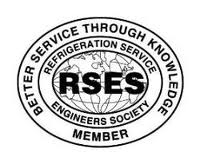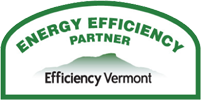The food service industry essentially buys and sells energy through the consumption and production of food. The industry as a whole spends approximately $30 billion on energy per year. The importance of upgrading and maintaining commercial kitchen equipment is vital to a successful, sustainable, and cost-effective operation.
It is wise to begin determining where improvements can be made by monitoring your energy bills for kitchen operation. Another thing to consider is the overall design of your kitchen. Optimize kitchen ventilation by ensuring each appliance fits completely under existing exhaust hoods and are positioned against the wall. If more overhang is required for a pre-existing exhaust hood, adding side panels will optimize the overhang. If you have old, out-dated, or poorly-functioning equipment, replace these appliances with energy-star rated products. Energy-Star equipment can provide significant savings in water, sewer, and electrical costs involved with kitchen operation. With new ‘energy-efficient’ products commercial consumers can apply for state rebates to further increase cost savings.
www.fishnick.com is an excellent resource for those looking to improve efficiency and reduce costs of operation in the energy-extensive food service industry. They provide tools, calculators, and extensive information on food industry technology, efficiency, and savings. Check out http://fishnick.com/saveenergy/tools/calculators/ to view their ‘Life Cycle Energy & Cost Calculator’, choose your equipment and enter the appliance performance, appliance usage, and utility cost information in the user input boxes to calculate. Use this tool to compare an existing appliance to a higher-rated energy-star piece of equipment, (which you can find in this link: http://www.energystar.gov/products/certified-products), to determine savings and cost effectiveness! Happy researching 
[blog by: Taylor Kristiansen]





